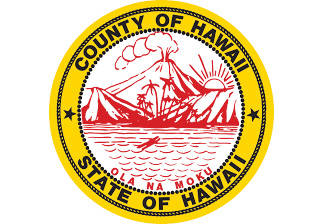Proposed amendments to the county’s conservation code intended to reduce power use and construction costs will be discussed at a county committee meeting next week.
Bill 126 is intended to provide much-needed improvements to the county’s energy conservation policies by replacing its current conservation code with a modified version of the 2015 International Energy Conservation Code.
Hawaii’s current conservation code is based on a 2006 version of the International Energy Conservation Code, and is unsuited in several ways for the unique climate and culture of Hawaii, said Councilwoman Sue Lee Loy, who introduced the bill.
“The IECC was so restrictive, people told us we’ve got to make some changes to it,” Lee Loy said.
Staffers at Lee Loy’s office and the Department of Public Works — along with dozens of others on both sides of the island — worked for four months to determine how architects, developers, electricians and more are affected by the IECC, whose policies sometimes seem designed more for construction on the mainland than the island, Lee Loy said.
The result is a bill enumerating 46 different amendments to the 2015 IECC, ranging from the seemingly trivial to the technical.
For example, the bill proposes several exceptions to the code’s requirements for insulation and air conditioning, instead emphasizing the implementation of passive temperature control methods like reflective surfaces and larger windows. Under these exceptions, small businesses up to 2,500 square feet could remain within the code’s tropical zone categorization, which would also be expanded to encompass residences up to 5,000 feet above sea level.
Other changes include an exception from the code’s window heat requirements for jalousie windows, a requirement for hotel rooms to include door switches that turn off a room’s air conditioning if the lanai door is open, and a requirement for new single-family residences to use solar water heating for at least 90 percent of the home’s water heating needs.
Many of these changes are based on amended conservation codes implemented by Maui and Kaui counties, Lee Loy said, adding that Oahu is working on similar changes to its own code as well. However, she continued, she believes Bill 126 take those amendments further.
“It would not surprise me if the other counties look at our code and take some things from it later on,” Lee Loy said. “Not to brag or anything.”
Lee Loy said the amendments have been met with general approval from county and state agencies, with the Hawaii State Energy Office having written a letter in strong support of the bill earlier this month. That letter specifically lauds several of the proposed amendments, including the expansions to the tropical zone categorization, which it claims could allow a home to use 48 percent less energy than if it were compliant with the base 2015 IECC.
The bill will go before the county Committee on Public Works and Mass Transit on Tuesday in Kailua-Kona. Lee Loy said she hopes residents — particularly affected parties such as contractors and architects — will attend to submit feedback.
Email Michael Brestovansky at mbrestovansky@hawaiitribune-herald.com.

